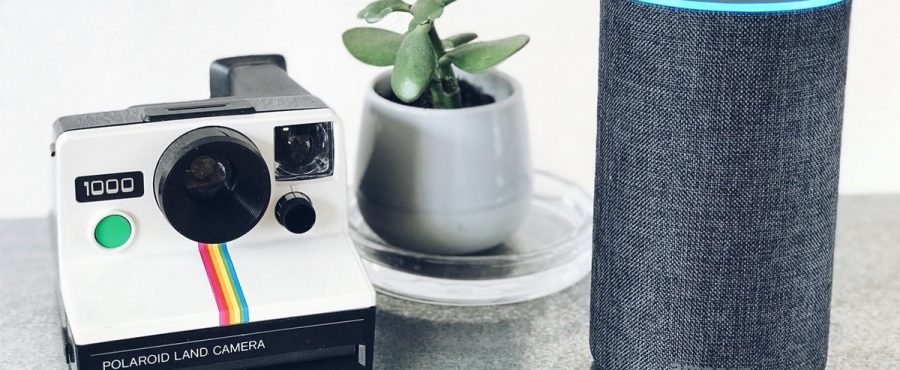Defining Computer Systems Terms: The Cloud & The Internet of Things
If you’ve been paying attention to information technology news, you have probably heard the terms The Cloud and The Internet of Things at least once. You may have a basic surface level understanding of what these buzzwords mean, but have you really looked into their official definitions. What about finding out how these two concepts are interconnected? Luckily, you’ve come to the right place!
Our colocation and computer systems professionals at our Boston data center know a thing or two about data storage and networking. We explain what The Cloud and The Internet of Things actually mean and discuss how they are interconnected.
What is The Cloud?
A name that conjures images of white and fluffy puffs floating in a blue sky, The Cloud is far more physically grounded in nature. The Cloud refers to computer system software and data storage services that are run on the Internet instead of locally on your company’s computers.
Often accessed through a Web browser, you can access information stored in The Cloud on any device connected to the Internet. Data in The Cloud is stored on remote servers inside third party data centers allowing consumers freedom from in-house machines. Cloud computing handles business storage and computing needs from an accessible remote data storage system that can be reached virtually anywhere in the world.
What is The Internet of Things (IoT)?
Compared to The Cloud, this is a relatively new buzzword. Chances are you may not be entirely sure of what it refers to. Its usage has quickly become widespread, particularly within IT news and computing fields. So what is it?
The Internet of Things (IoT) noun phrase – The networking capability that allows information to be sent to and received from objects and devices using the Internet.
That’s the definition according to Merriam-Webster. Essentially, The Internet of Things (IoT) is the extension of Internet connectivity into physical computing devices and everyday objects. Items such as watches, speakers, lighting fixtures, thermostats, home security systems refrigerators, and more are connected to the Internet. These devices, like Alexa or Google Home, are embedded with unique identifiers (UIDs) allowing them to transfer data over a network and communicate with other devices over the Internet. These devices can be monitored and controlled remotely.
Despite concerns over privacy and security, the Internet of Things market continues to grow rapidly with more smart devices gaining popularity. It seems every day, large corporations or small indie businesses are releasing a new smart home device, smart watch, smart appliance, smart cars, smart “whatever you can think of”!
How Do They Relate to Each Other?
The emergence of The Internet of Things (IoT) would not have been possible without The Cloud. Everyday objects that have been connected to the Internet often serve a primary purpose outside of computing and data storage. So, while there is a trend to have everything be connected, all computing power and data storage cannot be kept within the smart lifestyle devices themselves.
That’s where The Cloud comes in! The collection of interconnected devices and everyday objects that make up The Internet of Things (IoT) is supported by a massive cloud-based back end. Data collected by these smart devices is stored in datacenters where they can be accessed and monitored through the Internet.
At LightWave Networks, we are experts in colocation, remote backup, networking. Trust us to keep up to date with the latest IT buzzwords and news. We offer secure and reliable Boston colocation services to businesses all around the country. Want to learn more about server packages and affordable rates? Call (617) 459-4100 today!

